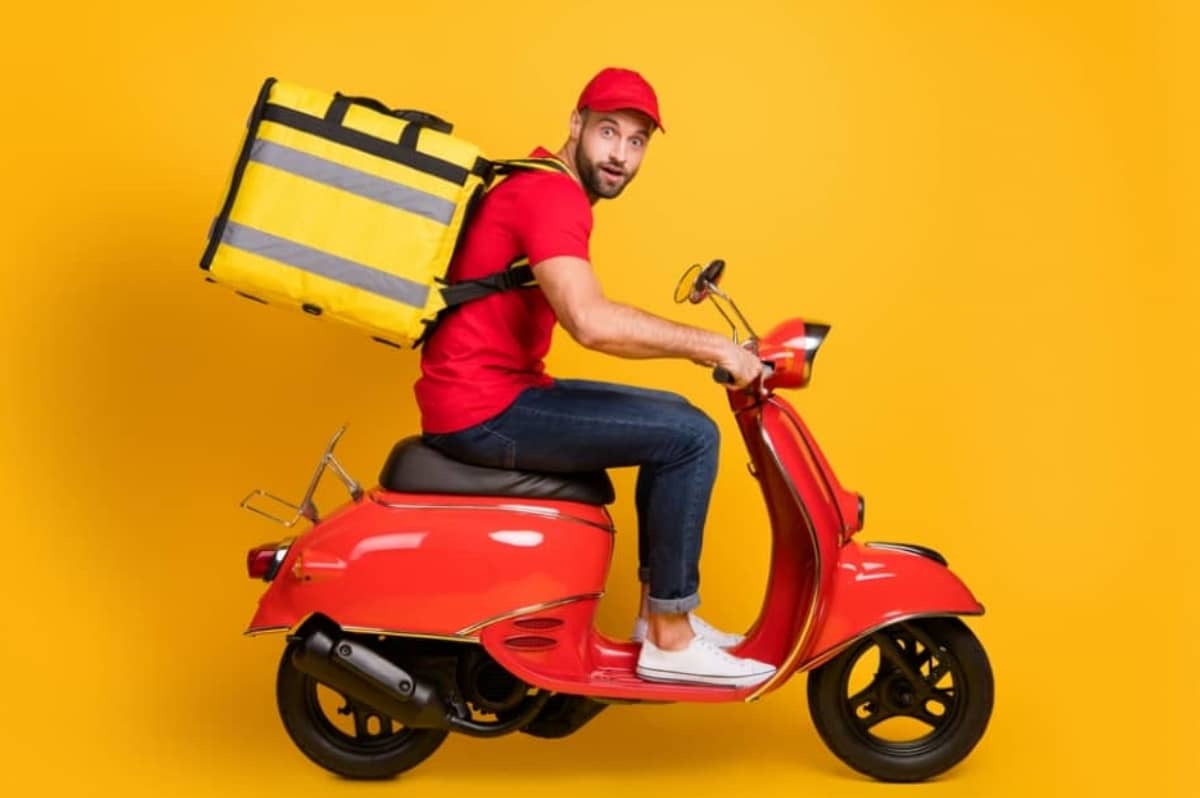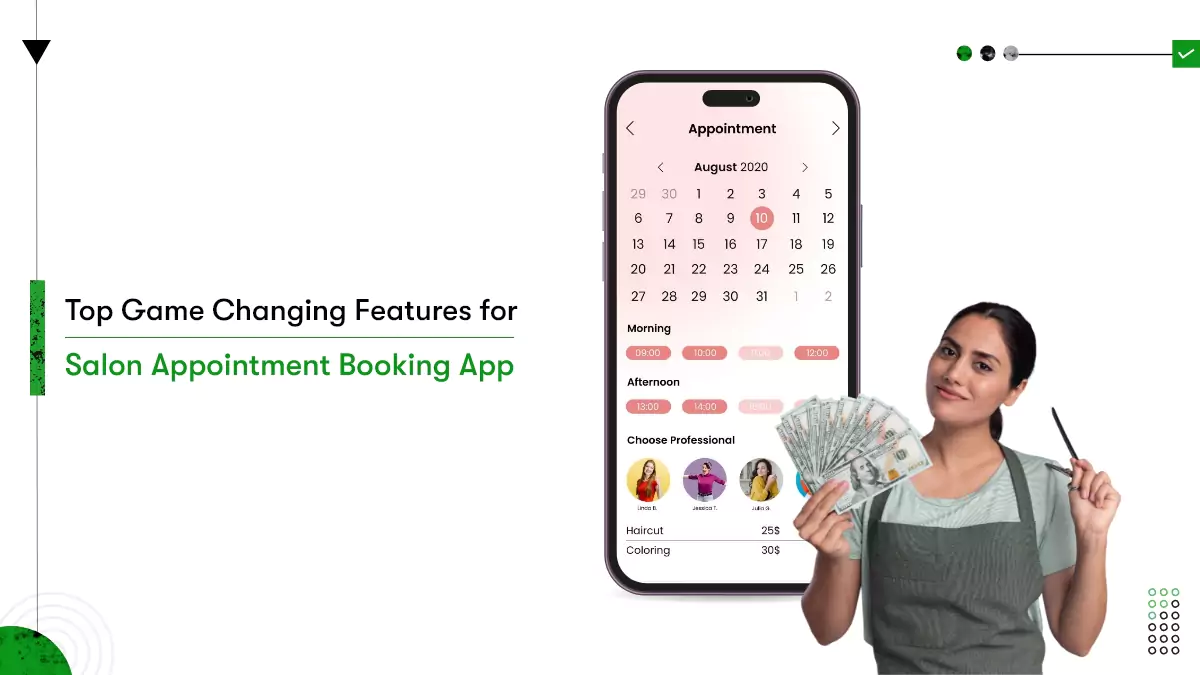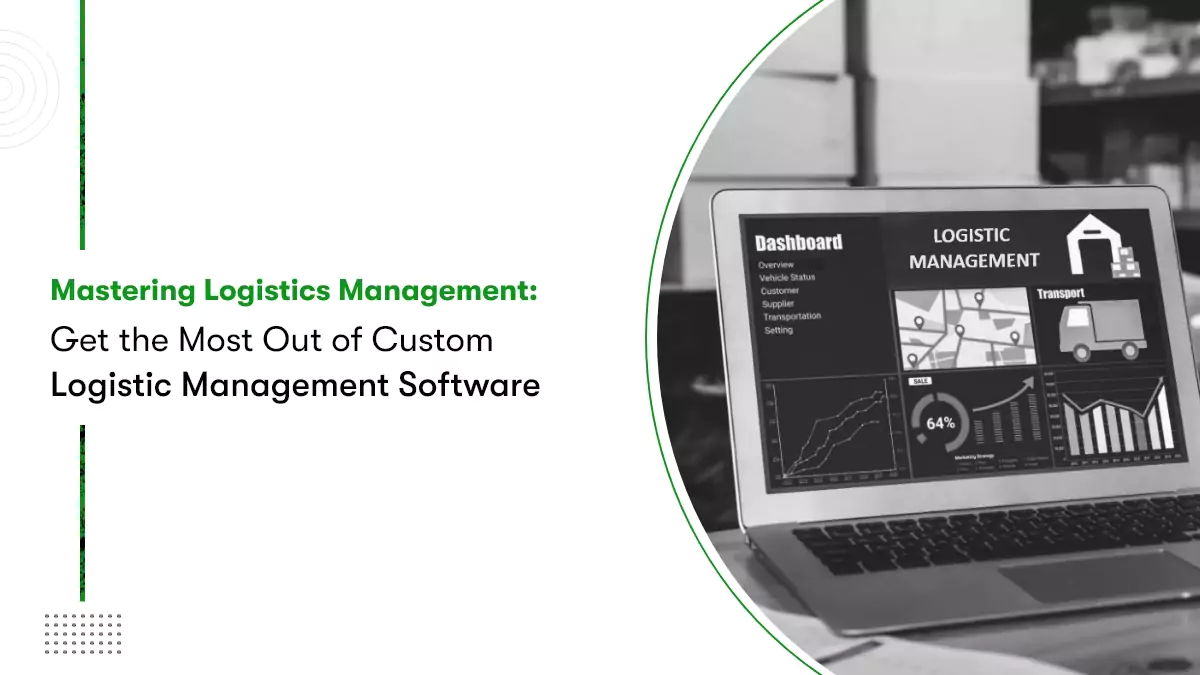The term Hyperlocal, which seemingly refers to “a small area” or “a specific demography,” has become a new wave that is flowing tremendously in the current on-demand delivery market. The hyperlocal business model is an emerging and lucrative business bandwagon that allows targeting and making the most out of specific areas.
After the first blog of the Hyperlocal Business Model series, you must now know that you can trade with the model in a minimal geographical area. But do you know, the hyperlocal model is playing a game-changer role in the current on-demand delivery economy? The reason being, not everyone shops from the supermarket and retail stores are still people’s first choice in urgency. But everyone is drifted by the leisure of technological advancement.
Since these brick-and-mortar stores cannot have that extensive fleet to deliver numerous orders, they sign-up on the online Hyperlocal marketplace platform. It’s where customers discover the store near their location and order online to have instant delivery. And the person who owns the platform with the right technology partner leverages enormous privileges.
There are many reasons to give as to why a hyperlocal delivery app is necessary for on-demand delivery startups. Hence, we have planned the whole series around this topic that teaches you every ounce of the hyperlocal delivery business. So no more wait; this post answers all your “WHYs” and also sheds light on the benefits you reap with the model.
Ahead of its advantages and examples of top hyperlocal startups, find an ultimate index of the series below as a checklist.
1. What is the Hyper-Local business Delivery model and How it Works?
2. Why It’s the perfect time to Invest in Hyper-Local Delivery App Development For Your Startup?
3. Top Hyperlocal Delivery App Idea to Start Your Business
4. What Are The Problems and Challenges For Hyperlocal Delivery App? Dos & Don’ts
5. Why do Hyperlocal Delivery Startup Fails and How To Avoid Failure?
6. Must Have & Advance Features For Hyperlocal Delivery App Startup
7. How to Choose Right Technology Stack For Your Hyperlocal Delivery App Startup?
8. Top Marketing Strategies For Your Hyperlocal Delivery App Startup
9. How much does it cost to develop a hyperlocal delivery app?
How come the Hyperlocal Delivery Application model is a game-changer?
It has been said, customer behavior is ever-changing, but these changes speed up expeditiously from day one of COVID-19. The Novel virus is not only a threat to human lives, but it has hit the global economy badly. As a result, we see numerous trends rising, disrupting, and turning the market around.
Unsurprisingly, retail is one of the severely knocked economies and a victim of fast-changing consumer buying patterns. When people were hibernated indoors, demand for fast and safe deliveries skyrocketed tremendously to stockpiling of essentials. That’s when the Hyperlocal Delivery model became a superhero and helped retailers adopt multichannel strategies to meet customer demands.
Hyperlocal Delivery App Development produces a robust platform where customer orders from their nearest store online; logistics provider procures the items from retailers and delivers within hours from the order placing. Thus, it ticks all the checklist― safety, swiftness, convenience, and real-time visibility as well. There are a number of profitable opportunities a hyperlocal on-demand delivery app brings to leverage the retail economy.
- Effective supply chain
The hyperlocal business makes the most out of what larger brick and mortar retailers have stocked. This piggybacking results in an effective supply chain for local proximity with high population and retail density. Further, it opens the door for a reliable on-demand supply.
- Supports traditional retail economy
The emergence of eCommerce and online retail has been making the rich richer and the poor poorer since globalization. A hyperlocal delivery business supports small businesses in rural areas and optimizes their sales.
- Cost-effective last-mile logistics
Many grocery retailers and local merchants struggle, and customer service falls short in catching up with the fast delivery trend. In contrast, a hyperlocal initiative automates last-mile delivery, letting retailers gain more customers with hyperlocal delivery mobile app solutions.
- Plays a positive role in COVID-19 combat
The threat of the virus we have been fighting for almost a year, will not be halted anytime soon. And so, social distancing and other prevention practices will be rigorously followed. Hyperlocal has been and will be contributing to the Coronavirus battle, helping people order and deliver everything at their doorstep.
What are the technological benefits of the hyperlocal delivery app model?
When mobile app technology meets a hyperlocal business, it brings additional advantages for everyone. Let’s dig in them.
- Wider target audience
Establishing a hyperlocal network with On-Demand Delivery App Development allows you to leverage multiple local areas. Your hyper-local mobile app will empower customers to find local stores in their proximity and have instant deliveries.
- Contactless delivery & payment
Incorporating mobile technology with your hyperlocal business empowers you to fulfill orders received online with contactless delivery. By integrating payment gateways into a hyperlocal delivery mobile app, you can collect payment online, eradicating COD, and contact risk.
- Real-time order tracking
Winning customer loyalty is a foremost requirement for any business, no matter online or offline. However, with technological advancement, you can translucent transactions for customers and let them track their order process.
- Current location selection
Detecting customers’ real-time location by their device GPS, your hyperlocal delivery app suggests the nearest stores. Customers then choose a preferable store, add items into the cart, and proceed with online payment. Consequently, it raises customer engagement and renders a delightful experience.
- Multiple markets to target
You can include multiple potential hyperlocal marketing channels in your business model from restaurants, supermarkets, medical stores, and gift shops. Your ultimate goal is to let customers buy anything from their neighborhood with a few clicks on their smartphone screens.
The list doesn’t end with the delivery of the essential items. You can even offer on-demand services on your hyperlocal delivery app by partnering with local specialists. It could be plumbing, car wash & repair, electrical maintenance, home cleaning, beauty salon, and as many services as available in the target locality.
This is how hyperlocal marketing can be a game changer. You can leverage numerous local channels, offer contactless delivery, online payment, last-mile delivery, all with mobile technology. In return, there will be an abundance of revenue coming from all the channels.
We’ll elaborate on the revenue models, specifically in a special blog. It is time to shed some light on the best hyperlocal delivery apps of the current time.
Top 5 Hyperlocal Delivery App Examples
- Gojek
Gojek covers everything that improves its audience’s welfare and livelihood, from food, groceries to transportation, and bills payment. Jakarta, Indonesia, is the origin place of the hyperlocal delivery mobile app. It has been catering to all the Indonesian via Android and iOS platforms since 2010. The USP of the brand is its far more varieties of services like same-day delivery, ride-sharing services, movie tickets, and in-app wallet to pay bills online.
Must check out the hypothetical example for the Hyperlocal Delivery App Development solution.
- Dunzo
A hyperlocal platform Dunzo was started as a small WhatsApp group and soon transformed into a hyperlocal app-based service. Dunzo is an Indian startup, first appearing in 2014 and expeditiously marking its success across the country today. The platform facilitates users from getting delivered anything to hire people to run their errands. Even though the app serves across a country, its concept is worth millions, which has captivated the attention of investors like Google.
- Postmates
San Francisco-based hyperlocal delivery platform, Postmates, caters to its audience through web and mobile apps. A customer can have instant delivery for a number of products from the platform. Exerting mobile Global Positioning System capabilities, it matches inventories and consumer demand making the process slick. Since 2011, Americans have been using it for ordering food, groceries, kitchen supplies, staples, and other household items.
Read also; How to develop an on-demand Grocery Delivery App Development?
- Deliveroo
Another online food ordering and delivery marketplace platform is from London, UK. It has been around since 2013 and has marked its position in over 12 countries worldwide. It’s progressively growing with helping restaurants to expand in new areas with it. England’s hyperlocal platform backups restaurants with its own fleet and delivers orders to customers within an hour.
- DoorDash
Started by four Stanford students in 2013, DoorDash has the largest food delivery market share in the United States. The platform operates in Australia, Canada, and the US. However, it focuses on a niche market that is Food Delivery. They strive to partner with all the local restaurants available in the region. From fast food cafes to cuisines specialist restaurants, DoorDash can get you any meal from even two blocks away outlets.
Conclusion;
Putting it all together, now you know why there is a lot of hype about the hyperlocal business model. It brings so much more than it requires to invest. Besides, we mentioned the top five startups with the same model from different parts of the world. Their success is mesmerizing and motivational for other entrepreneurs.
If you feel motivated to start with your hyperlocal business, it is the right time to find a tech partner. And if there is any question left, you should clear it out at the earliest. For either need, the Kody Technolab team and I are always ready to cater to you.












 Contact Information
Contact Information